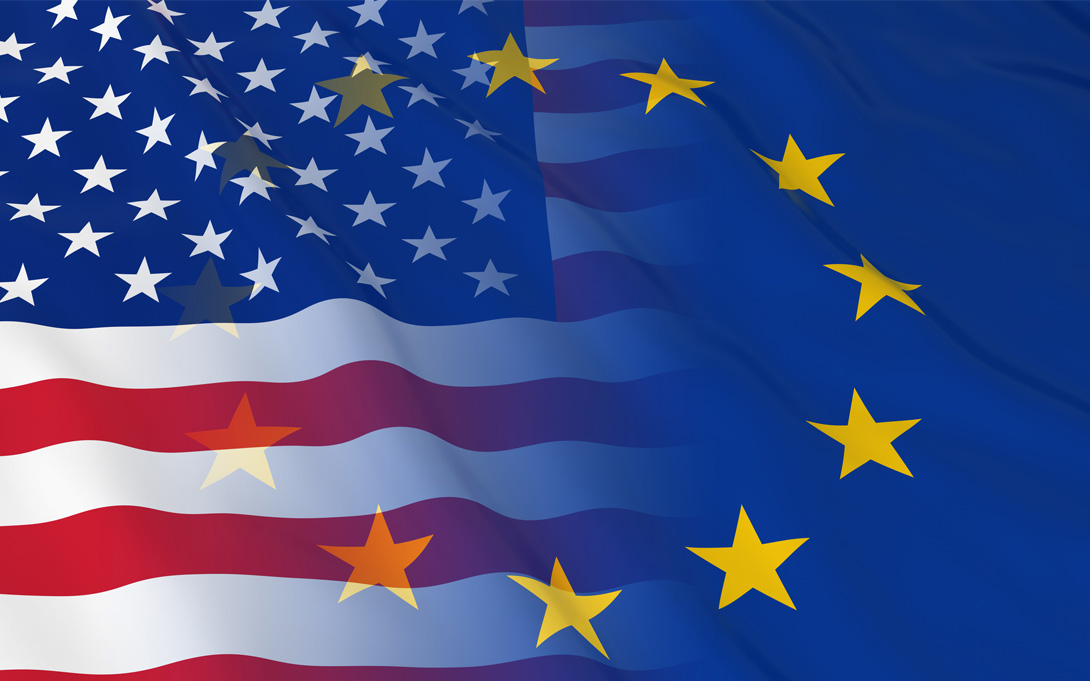
As artificial intelligence technologies proliferate in industries across the globe, governments around the world are working to regulate how and when these technologies are used.
In October 2023, President Joe Biden signed the Executive Order on Safe AI in an effort to improve the safety and security of AI technologies in the U.S. Two months later, the European Union passed the Artificial Intelligence Act, the most comprehensive regulation of artificial intelligence in the world to date.
Research assistant Trevor Odelberg authored a new policy brief for the Ford School’s Science, Technology, and Public Policy program (STPP) examining the two new AI regulations. Odelberg recently completed his doctoral degree in electrical and computer engineering and a graduate certificate in Science, Technology and Public Policy from the Ford School.
“The idea was to summarize the facts of the current regulations in a single document so that people could understand the details and compare them,” Odelberg said. “My goal was to create an accessible resource for policy experts and the general public.”
His brief provides insights into key aspects of the EU’s AI Act, including its approach to regulation, enforcement mechanisms, and its potential impact on the United States, and compares those details to the U.S. executive order. This brief also provides engagement opportunities for the public, students, and academics, including options to submit public comments on AI to the U.S. Government.
The goals of the AI Act are to ensure the safety of AI systems, provide a legal framework for AI development, and protect citizens from the potential risks of AI. It also defines a legal structure to enforce fines for unsafe AI systems and creates a new EU AI Office that will categorize the risk of new AI systems and determine appropriate legal actions for violations.
The EU’s bill was proposed in April 2021 and passed after two years of hearings, debates, and revisions. The final text will include updates on generative AI models such as ChatGPT which had not been released publicly when the bill was proposed.
“Two years is not very long in the policy world, but it’s a really long time in the AI world,” Odelberg said. “Technology will certainly continue to evolve. The creators of this bill are hoping to make it broad and flexible enough to be able to capture what’s going to change in the future.”
Conversely, the U.S.’s Executive Order on Safe AI is focused on guiding U.S. federal agencies in their use of AI. Executive orders cannot regulate private businesses or create new government offices. The executive order aims for federal agencies to be models for accountable AI use. The order also requires federal agencies with enforcement power to develop regulations to protect consumers from fraud, discrimination, financial risk, and privacy potentially impacted by AI.
Odelberg will have more opportunities to explore the topic over the next year as he was recently awarded a one-year Congressional Fellowship sponsored by the Institute of Electrical and Electronics Engineers (IEEE-USA). In this role, he will act as a consultant to a member of Congress on issues surrounding science and technology, including AI.
Written by Sheri Hall